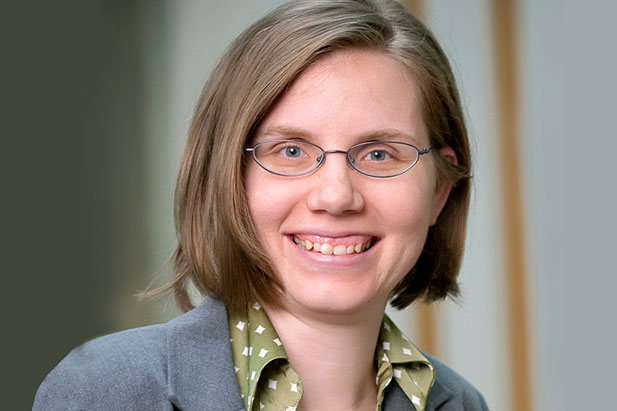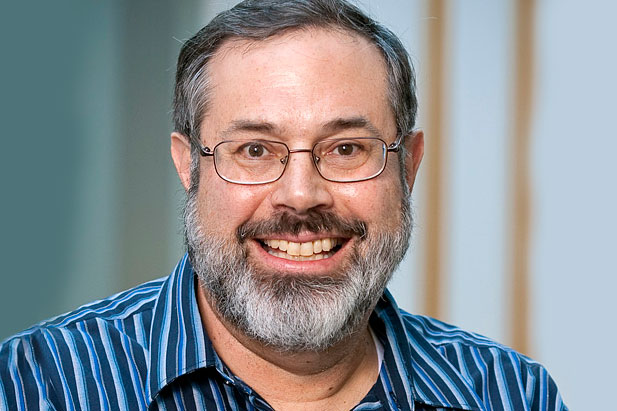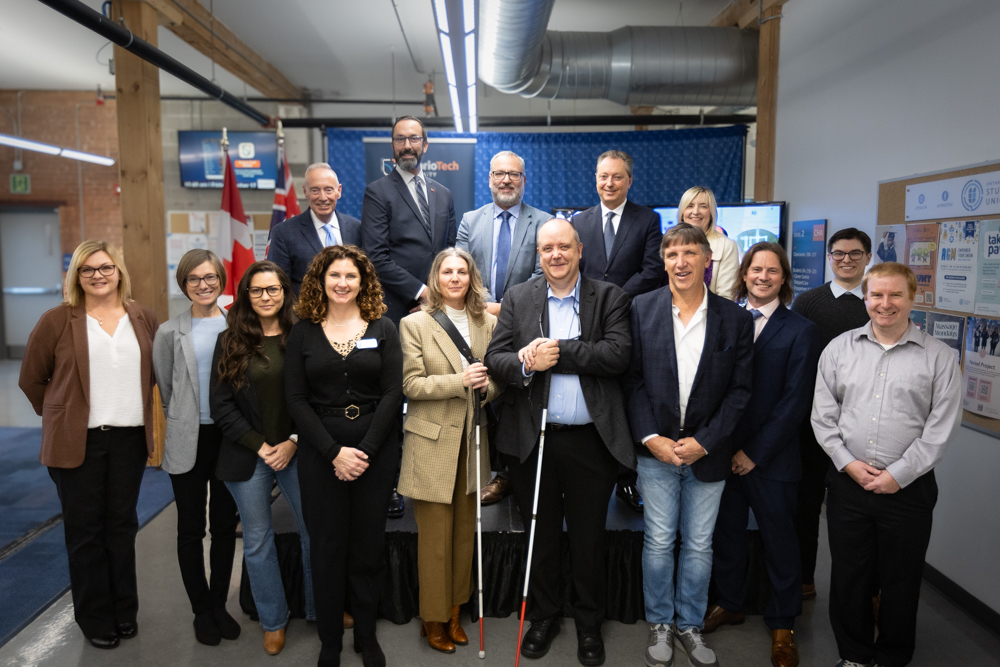Saving health care time and money: UOIT researchers find answers for local clinic
January 15, 2016

Documenting vital signs is one of the most basic of health-care procedures. Checking pulse rate, temperature, respiration rate and blood pressure helps health-care workers assess a patient’s critical body functions; however, it also requires time and accuracy.
To streamline patient data collection, the Oshawa Clinic has implemented the Welch Allyn Connex Vital Signs Monitor (CVSM), a touch-screen monitor that measures patients’ vitals and wirelessly transmits the information directly to their electronic medical record (EMR) immediately after recording the data. The device can also provide early warnings/alarms to help clinicians decide when to intervene proactively.

To determine the CVSM’s efficiency, the Oshawa Clinic partnered with health informatics researchers at the University of Ontario Institute of Technology (UOIT).
For the assessment, Dr. Jennifer Percival, Associate Professor and Associate Dean, and Dr. Bill Goodman, Professor, Faculty of Business and Information Technology (FBIT), together with the university’s master’s degree alumni Nick Fontana (Master of Health Sciences in Health Informatics, class of 2014) and Keith White, Chief Operating Officer, Oshawa Clinic Group (Master of Business Administration, class of 2013), measured how long it takes to manually collect, document, transcribe and access vital signs data in an electronic medical record (EMR), versus the time required to perform the same tasks using the CVSM.

The researchers discovered the automated process saves clinicians more than 18 seconds per patient; that’s nearly 30 minutes saved for every 100 patients monitored.
“These time savings could mean the ability for urgent care clinicians to see more patients throughout the course of the day or allow for more time per patient, enhancing patient care,” the researchers wrote in their report, entitled Exploring the Efficiency of Automated Vitals Collection, published in the November issue of the Healthcare Information Management and Communications Journal.
The study was also presented at the 2015 HealthAchieve conference in Toronto, Ontario on November 2.



